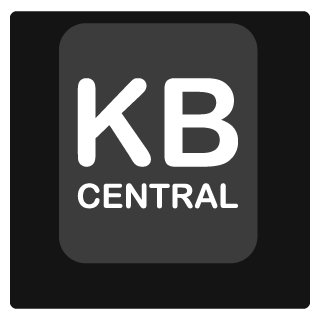PCB
PCB (Printed Circuit Board) is often the most overlooked part of a keyboard. In reality, the PCB is arguably the most important component that enables every single key press and the actual functionality of a keyboard.
Solderable/ Hotswap. There are two different ways to mount switches onto the PCB: Solder and Hotswap. Solder is considered a permanent mounting. Although switches can be desoldered and taken out when needed, repeatedly doing so might eventually wear out the mounting points on the PCB. Another down side to Solderable PCB is that not everyone knows how to or is willing to solder. Hotswap is a more user friendly solution where the mounting points on the PCB are fitted with Hotswap Sockets. Switches are then inserted into these sockets and can be pulled out as desired. One down side to a Hotswap PCB is the limitation in layout due to significant footprint and the preinstalled nature of the Hotswap Sockets. One thing to note is that a Solderable PCB can be converted to a Hotswap PCB by installing Mill-Max Sockets.
Switch Support. The most commonly used switch in the hobby is Cherry MX style. There are also other switch types, mainly the discontinued Alps, or the electrostatic capacitive non-contact switch by Topre. A PCB can provide single or multiple switch type support. For Cherry MX switches, there are two types,
PCB-Mount (5-Pin) Switch. PCB-Mount Switches have two extra plastic poles at the bottom housing for a more secure and stable mount. If the PCB supports PCB-Mount Switches, there will be two extra small holes on both sides of the big hole.
Plate-Mount (3-Pin) Switch. Plate-Mount Switches do not have the extra plastic poles, and rely on the Plate for secure mounting. The user can still install PCB-Mount switches onto a PCB without 5-Pin support by manually clipping the two plastic poles from the bottom housing.
Layout Support. A PCB usually supports more than one layout, such as full or split backspace, full or split right/ left shift, ANSI/ ISO, or standard (6.25u Spacebar)/ Tsangan (7u Spacebar) bottom row. However, due to the nature of Hotswap Sockets as discussed above, a Hotswap PCB typically has fewer layout options than a Solderable PCB.
Connectivity. To date, the most common method of connection for custom Mechanical Keyboard is via USB-C. There are a few PCBs that support BT (Bluetooth) connectivity, but this is a rare feature mainly due to firmware compatibility, and will be discussed in more detail in the firmware section.
ESD (Electrostatic Discharge) protection. Most custom Mechanical Keyboards use metal as the case material, and there can be unintentional contact between the PCB and the metal case that results in electrostatic discharge, shorting the electrical components. You can think of ESD protection as a fail-safe measure to prevent accidental failure due to electrostatic discharge. It is not a must-have feature, but it is very good to have.

